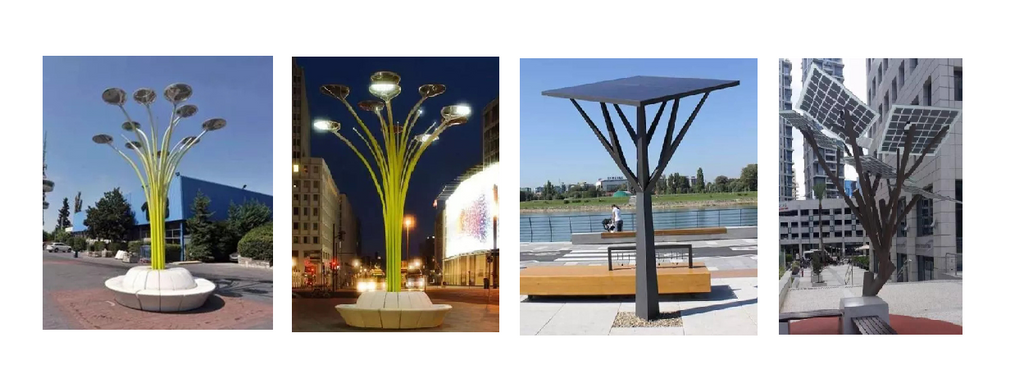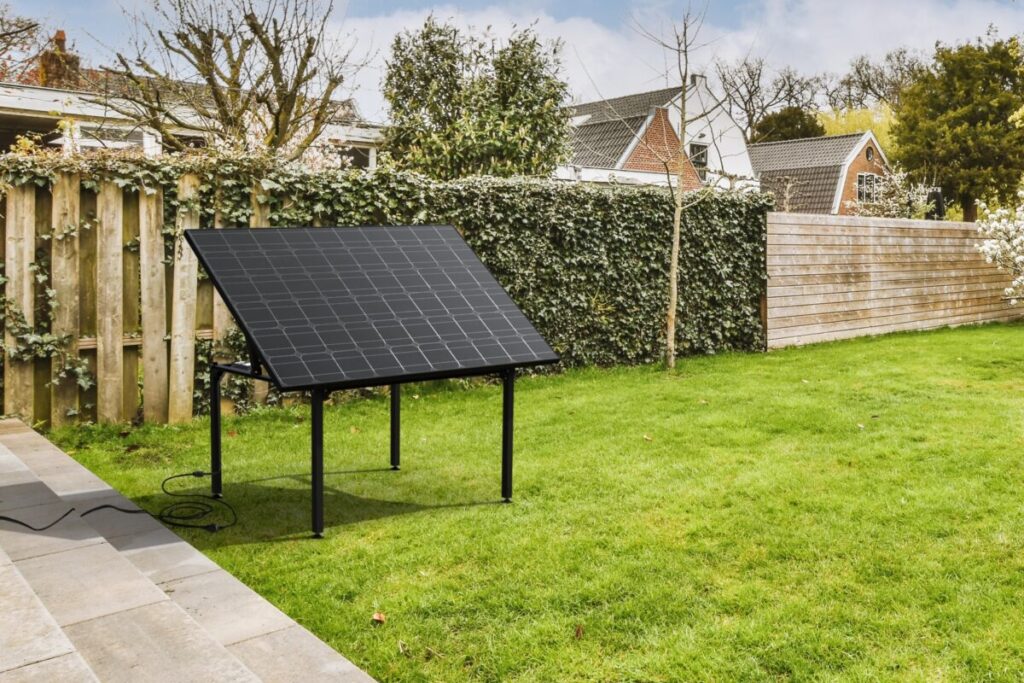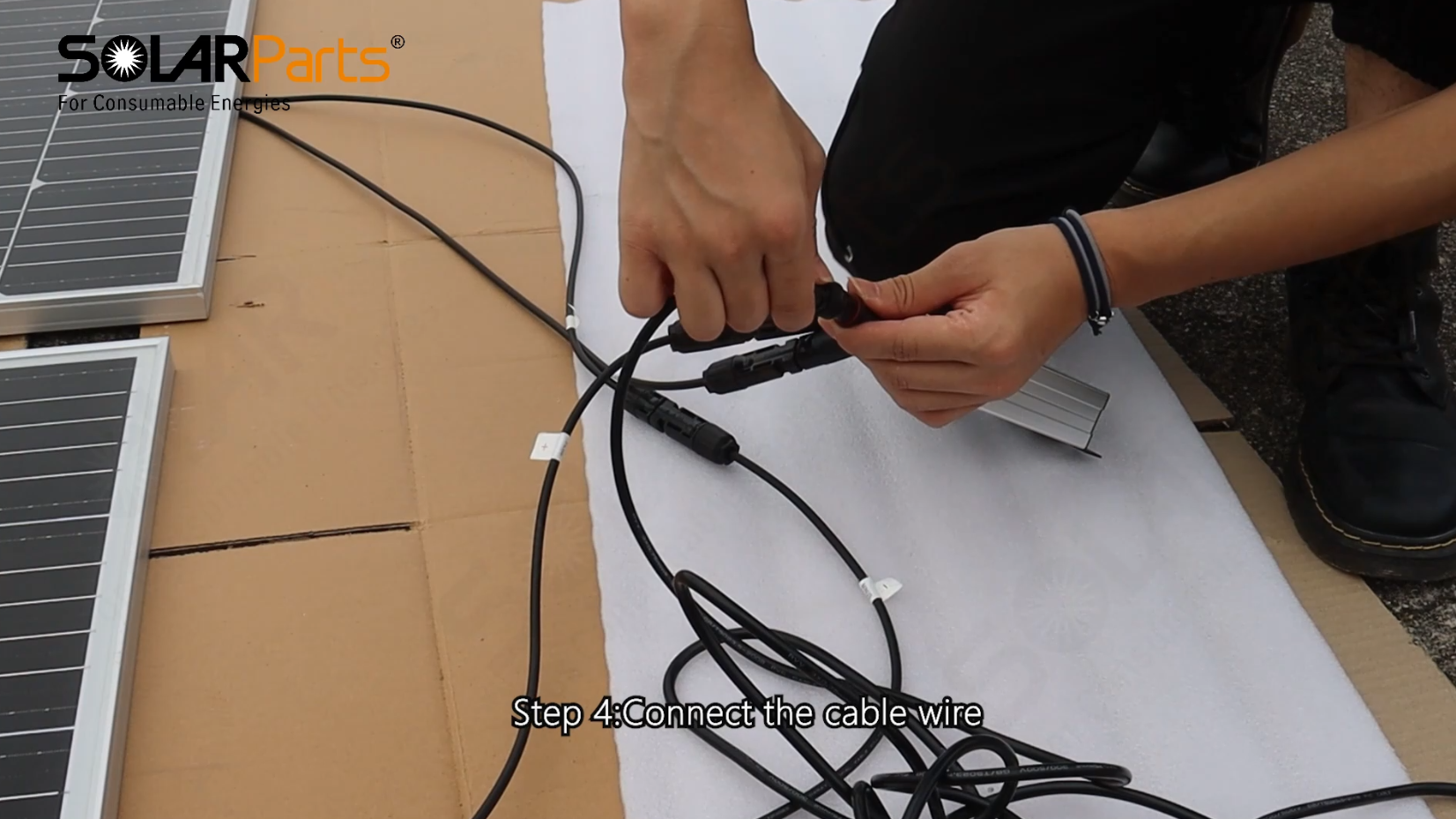Solar trees are photovoltaic systems that mimic nature. Here we discuss their main applications, and how they compare with traditional solar panels.
Written by Leonardo David Edited by Sabrina Lopez 08/30/2023 1:25 PM
Solar trees are structures that hold an array of photovoltaic panels. Many of them imitate the appearance of trees and other plants, but you can also find abstract designs. A solar tree can be considered a type of ground-mount PV system with decorative features.
Solar trees are often used for decorative purposes in landscaping designs. They can also be used as clean electricity sources in carports and other outdoor locations. Here, the MarketWatch Guides Team explains how solar trees work, benefits, potential applications and key considerations.
What Is a Solar Tree?
A solar tree is both a decorative structure and a renewable energy system. The structure itself is very similar to a tree, having a trunk that splits into multiple branches. These branches provide support for solar panels, which can be considered the “leaves” of the tree. You can find a wide variety of solar tree designs.
If you want a solar photovoltaic system that offers maximum savings per dollar investment, traditional panels are much more affordable. However, solar trees give you creative freedom for landscaping projects. For example, the Smartflower has a circular array of solar panels that fan out like petals.
How Do Solar Trees Work?
Solar trees use the same physical principle as regular PV systems. An array of solar cells is exposed to sunlight, and they generate direct current (DC power). An inverter is used to convert their output into alternating current (AC power), which can be used by home appliances.
Many solar trees have built-in energy storage, which means they can provide electricity at night and during cloudy weather. If you choose a solar tree model that does not include energy storage, you can use a conventional solar battery.
Just like a ground-mount PV system, a solar tree must be connected to the building that will use its electricity output. Generally, solar trees use hidden connections and underground circuits for aesthetic reasons. However, they can also be used to power outdoor equipment such as light fixtures and electric vehicle (EV) chargers.

Benefits of Solar Trees
Solar trees offer homeowners the same benefits as traditional solar panels for homes, while having a unique design.
1) Saving on Power Bills
All solar power systems offer a common benefit: you save on power bills by generating your own electricity, while qualifying for tax credits and other financial incentives.
For example, the Spotlight Solar tree is available in sizes from 1.7 kW to 5 kW. Under favorable site conditions, a 5-kW solar system can generate over 7,000 kWh per year. At an electric tariff of 20 cents/kWh, this electricity output is equivalent to $1,400 in annual savings.
2) Reducing the Carbon Emissions of Your Property
When using solar technology, you avoid the emissions associated with grid electricity. Solar farms and other renewable energy sources are growing fast, but most of the electricity provided by power companies still comes from fossil fuels. By reducing your consumption of grid energy, you make a small contribution to climate change mitigation.
3) Solar Trees Have Landscaping Applications
Traditional solar panels offer the same financial and environmental benefits as solar trees, but they have a simpler rectangular shape. On the other hand, solar trees draw attention immediately due to their unique design, and they can be used creatively by architects and landscaping designers.
Applications of Solar Trees
Solar trees are often used in landscaping, but they can also achieve synergy with other clean energy technologies. Solar trees with a large surface area can provide shading in carports, and they can also be combined with EV charging stations.
Solar trees equipped with batteries can also power outdoor lighting equipment. They can charge a battery bank during the day, which can be used by high-efficiency LED fixtures at night. This creates a sustainable lighting system that does not depend on external energy sources.
Solar trees have been used in several commercial properties and landscaping projects with sustainability themes. The solar supertrees on the Gardens by the Bay in Singapore are a well-known example.
Design Considerations and Challenges
As you might expect, a solar tree has a much higher price than a rooftop solar array of the same power generation capacity. The typical cost of solar energy systems for homes ranges from $15,000 to $20,000, according to a nationwide survey conducted by the MarketWatch Guides Team in 2023. On the other hand, you can expect to pay upwards of $40,000 for a solar tree.
According to Spotlight Solar, a typical price is $40,000 to $80,000 for the Spotlight Solar tree, which is available in sizes from 1.8 to 5.4 kW. A larger product such as the 16.5-kW Envision Solar tree can cost around $100,000. The unit price exceeds $6.00/watt in both cases, while a traditional solar panel installation has an average cost of $2.85/watt.
Solar trees qualify for the 30% federal solar tax credit just like traditional panels, but there is an important difference. When installing a solar panel system, all project costs are considered when calculating tax incentives. On the other hand, when installing solar energy systems that also accomplish other functions, only the cost of photovoltaic components is considered. This applies for solar roofs and solar trees, since they have other functions beyond sustainable energy production.
Future Trends and Innovations
New technologies and innovations that focus on conventional PV modules also benefit solar trees. As the efficiency of PV cells improves, solar trees will be able to generate more electricity per square foot.
Flexible PV cells are a promising area of study, and many solar products that use this technology are already available. Traditional solar cells made of crystalline silicon are rigid and heavy, and this limits their use in curved and vertical surfaces. As flexible PV cell technology improves, it can be used to create an even wider variety of solar tree designs.
The Bottom Line
Solar trees can be used decoratively in outdoor areas like gardens and parking lots while providing electricity for equipment such as EV chargers and LED fixtures. Rooftop solar systems are often hidden from sight, but solar trees are hard to miss: they are an excellent option for projects that seek to raise awareness about sustainable energy.
If your priority is generating electricity and saving on power bills for your home, we recommend regular solar panels. The best solar companies can calculate the ideal PV system size and layout for your home, based on a careful analysis of your power bills and sunshine conditions. Solar trees have unique designs that can be used to create impressive landscaping, but this comes at a higher price.
To learn more about photovoltaic power generation, please follow SOLARPARTS official website:
Twitter: Solarparts Instagram: Solarparts
Tumblr: Solarparts Pinterest: Solarparts
Facebook: Shenzhen Solarparts Inc
Email address: Philip@isolarparts.com
Homepage: www.isolarparts.com



